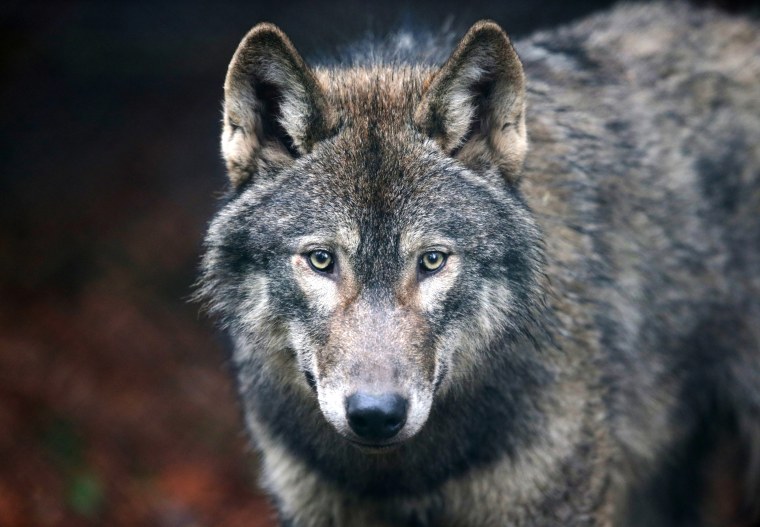People liked dogs so much they invented them not once, but twice.
A genetic scan of ancient dogs suggests that humans domesticated pooches separately — once in Europe, and once in East Asia, researchers said Thursday.
The DNA finding fits in with archaeological evidence that shows dogs on the far east and far west of the Eurasian continent, but not in the middle until thousands of years later, the international team of researchers said.

Laurent Frantz and Greger Larson of Oxford University in Britain and colleagues used DNA taken from the bones of a 4,800-year old dog in a tomb in Ireland and from 59 ancient dogs that lived between 14,000 and 3,000 years ago. They compared that DNA to more than 2,500 modern dogs.
The changes in the DNA act like a molecular clock to suggest when and where individuals share a common ancestor. Once a pattern emerges, it can be used to reconstruct the past.
The pattern showed two origins, Frantz and Larson said in a report published in the journal Science.
“There was a really deep split between dogs in East Asia and dogs in western Eurasia,” Larson said.
“These results suggest that dogs may have been domesticated independently in Eastern and Western Eurasia from distinct wolf populations,” the team wrote.
“These results suggest that dogs may have been domesticated independently in Eastern and Western Eurasia from distinct wolf populations."
“East Eurasian dogs were then possibly transported to Europe with people, where they partially replaced European Paleolithic dogs.”
New gene sequencing technology makes this kind of work much faster and easier than it used to be. Sequencing machines now can map out a full genome for a few thousand dollars, and in days or hours compared to the years of painstaking work it took less than two decades ago.
And dogs are well-mapped. The first genetic sequence of a domestic dog was a boxer sequenced in 2004. Now they’re widely studied.
Previous study has shown that domestic dogs are descended from gray wolves and not other canids such as jackals, and dogs can freely interbreed with wolves.
Plus, there’s a good archaeological record of dogs, which were often buried with or near people. They were used for labor, transportation and kept as pets as long as 15,000 years ago.
“What we have now is what we believe to be the first evidence, both genetically and archaeologically, that dogs were in fact domesticated two times.”
Larson and Frantz looked at these archaeological records, too.
“There were very old dogs in the east, very old dogs in the west, but in the middle, it takes about 4,000 or 5,000 years after we first see them on either side of the Old World for them to appear in the middle,” he said. “So, archaeologically it was suggesting two origins.”
The genetic evidence lines up, although dogs, true to their nature, interbred a lot and are very mixed, genetically. Just as when a farmer’s mutt jumps the fence to woo a pet owner’s purebred, it looks as if Asian dogs migrated west with invading or migrating people and left a clear mark on their European cousins, the team said.

If the theory holds up, it may be a very unusual instance of the same animal being domesticated twice, Larson said.
“Most animals were domesticated on just a single occasion from a single wild population,” he said.
“What we have now is what we believe to be the first evidence, both genetically and archaeologically, that dogs were in fact domesticated two times.”

